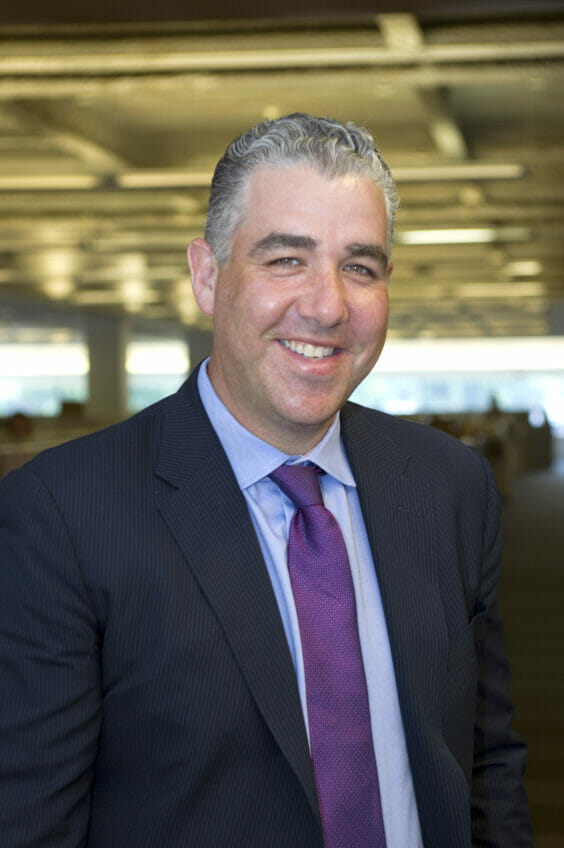
Q: What’s the biggest challenge for you as a multisite provider with six campuses?
A: I still say the workforce issues are the number one challenge, and one of the reasons they’re a big challenge is the demographics that we’re working with in our aging population. It is going to be with us, and it’s going to require incredible creativity. In terms of where I’m hoping to work with our team in the coming months, it’s being leaders and innovators in workforce development, and contributing to solutions rather than just passively having to watch this situation and be frustrated.
Q: What do you imagine that could look like?
A: We need to provide even earlier, more formative educational support that might involve things like language training, basic jobs skills and tech literacy. We’re trying to develop some resources to go that far ahead in the process to try and really get people interested in long-term care and support them in their development at an earlier place.
Q: How do you do that in a place like Boston, which is both incredibly diverse and stacked with other healthcare providers who are also recruiting nurses?
A: We can compete with one another for whoever’s out there … but that’s a zero-sum game. Ultimately, we need new entrants. That requires casting a wider net and also [putting] support services around these workers so that they can get training and still address issues like child care and transportation. And then we’re talking about people that are new to our communities. Maybe they’re not native English speakers. We need language skills support and work skills in computer literacy training. There’s all sorts of stuff we have to do to create that pipeline.
From the December 2023 Issue of McKnight's Long-Term Care News




